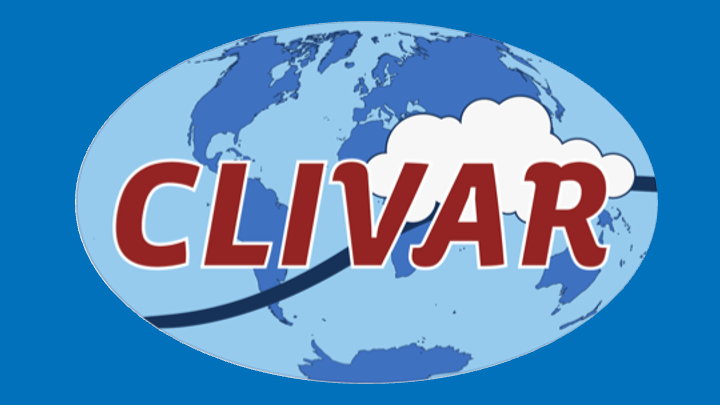Speaker
Description
The Atlantic Meridional Overturning Circulation (AMOC) is an important player in Earth's climate system on a wide range of timescales and with a correspondingly long list of potential societal impacts. The drivers of its variability are still debated and climate models give diverging projections for AMOC change over the 21st century. Sustained AMOC observations are, therefore, needed to inform interpretation of past variability and improve future projections. While the AMOC can be measured in different regions in the Atlantic, the Subpolar North Atlantic (SPNA) offers the opportunity of linking AMOC variability with two additional, interconnected, and changing components of our climate system. First, variability of the poleward heat transport through the SPNA, in part associated with the AMOC, is implicated in the loss of Arctic sea ice and Greenland land-ice. The resulting ice loss, in turn, has the potential to impact the AMOC via a freshening of the surface ocean. Second, the SPNA is the largest anthropogenic carbon dioxide sink (per unit area) and a key region for carbon sequestration via the warm to cold water transformation that is part of the AMOC. The rate of future carbon uptake, however, is still debated in part because of uncertainties tied to future AMOC variability.
The Overturning in the Subpolar North Atlantic Program (OSNAP) is an international observing system that has provided continuous measurements of the meridional transports of heat, freshwater and mass in the SPNA from 2014 to present. Its two-line structure offers the opportunity of separating AMOC contributions from different water transformation regions and of capturing distinct overflow and freshwater pathways. As such, in addition to providing a measure of the structure and variability of the AMOC, OSNAP has offered insight into the mechanisms that contribute to the observed variability. Here we show, via recent studies that leveraged OSNAP, that OSNAP is also ideally positioned and constructed to address linkages between the AMOC, the melting Arctic cryosphere and the anthropogenic carbon uptake in the high latitude North Atlantic. Examples include tracking Greenland meltwater and the most recent Great Salinity Anomaly, quantifying the fraction of Arctic freshwater export that participates in overturning, and providing an infrastructure for GOHSNAP measurements (Gases in the Overturning and Horizontal circulation of the SPNA). Based on this motivation, we argue that continuation of OSNAP, albeit in a reduced and cost-effective form, is key not just to understanding and projecting AMOC variability but also its connection to the Arctic cryosphere and carbon uptake by the North Atlantic.

